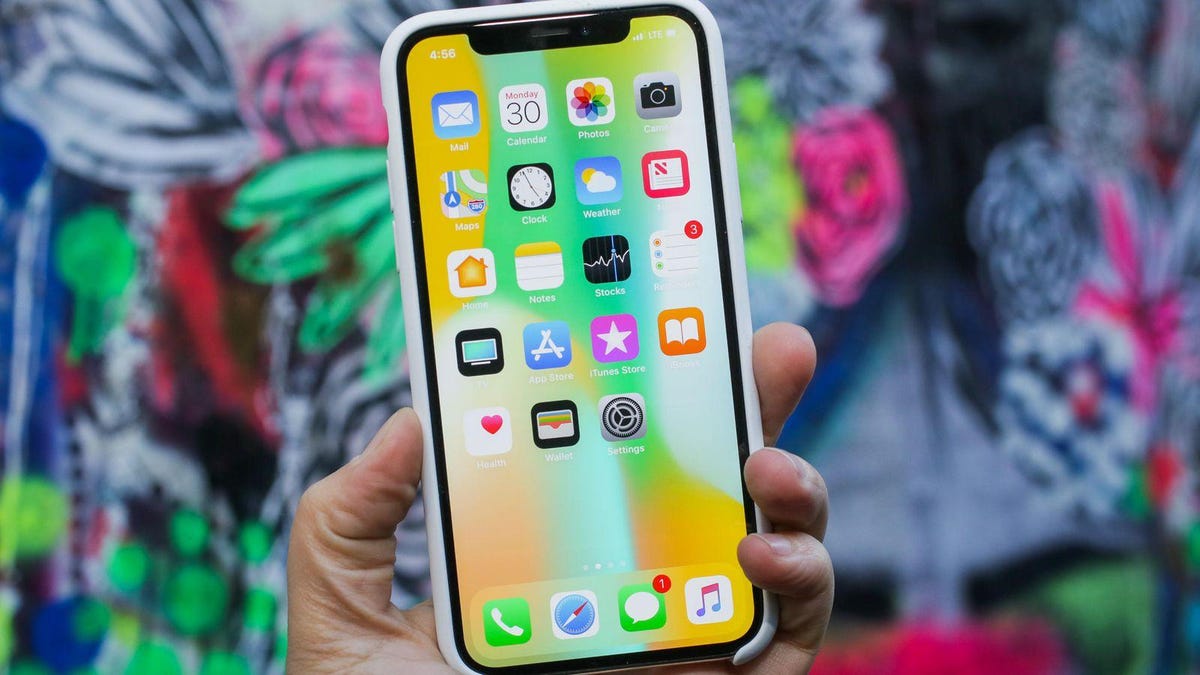Apple proposes new emojis for people with disabilities
The iPhone maker offered up 13 new designs for review.

A wheelchair, a service dog and prosthetic limbs could join your emojis of men and women jogging and playing sports.
Apple has proposed 13 new emojis to include more experiences for people with disabilities. The iPhone-maker submitted its formal request to Unicode, the consortium that governs the standard that includes emojis.
The new symbols feature men and women walking with a cane and touching their ear, as well as standalone icons of a hearing aid and prosthetic arm.
Apple has been making a big push to ensure that its devices are accessible for all users. The company's iPhones , Macs and other devices include plenty of features that let people with vision, hearing and other impairments more easily use those devices.
In Apple's own words:
"Apple is requesting the addition of emoji to better represent individuals with disabilities. Currently, emoji provide a wide range of options, but may not represent the experiences of those with disabilities. Diversifying the options available helps fill a significant gap and provides a more inclusive experience for all."
You can read the full PDF proposal here.

